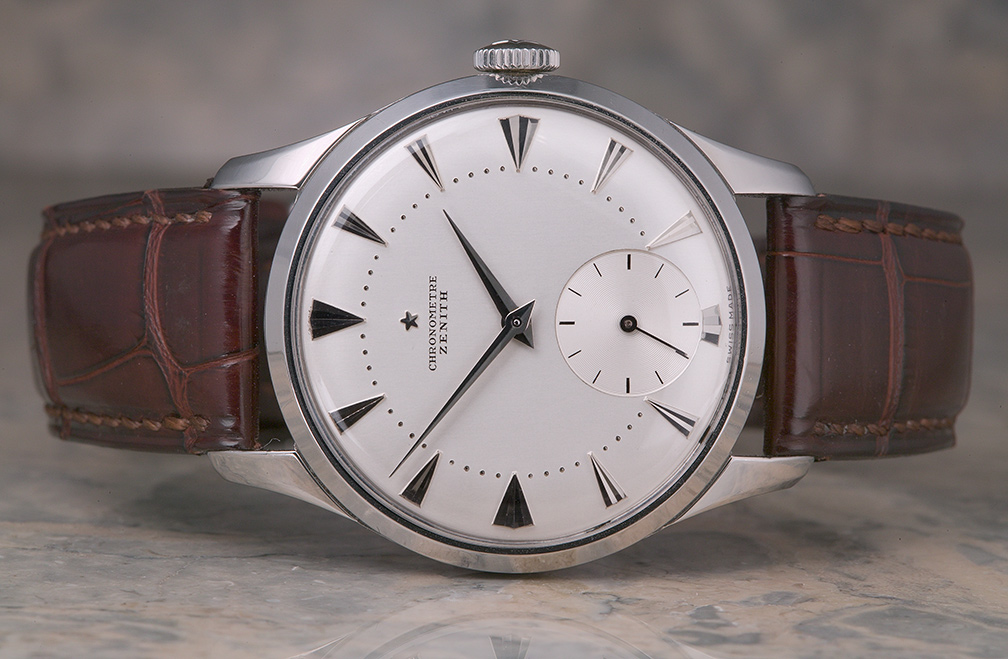
All the markers, although embossed, are beautifully polished. The hours are marked by phenomenal folded "double daggers" in two widths, which are further champhered at the point and all three outside edges.
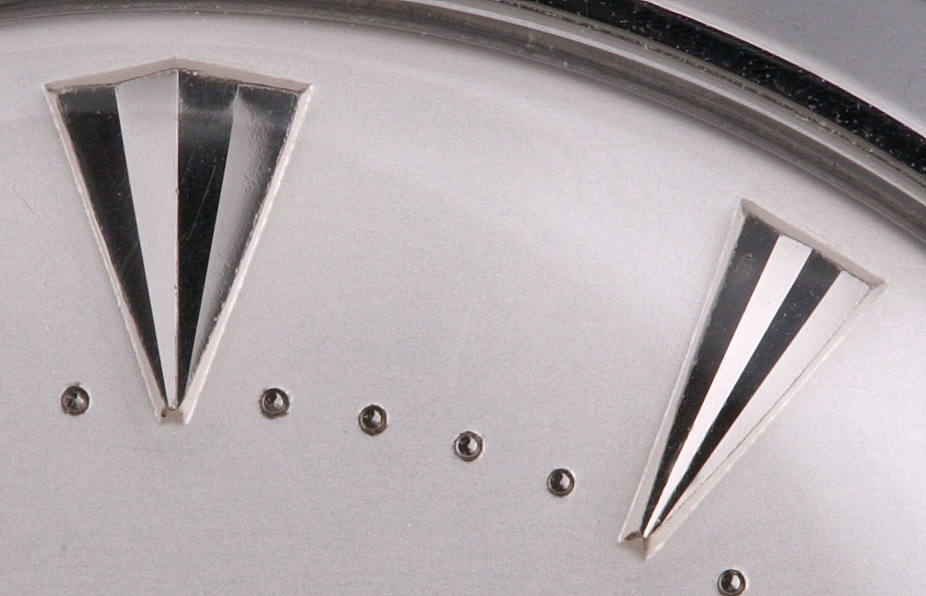
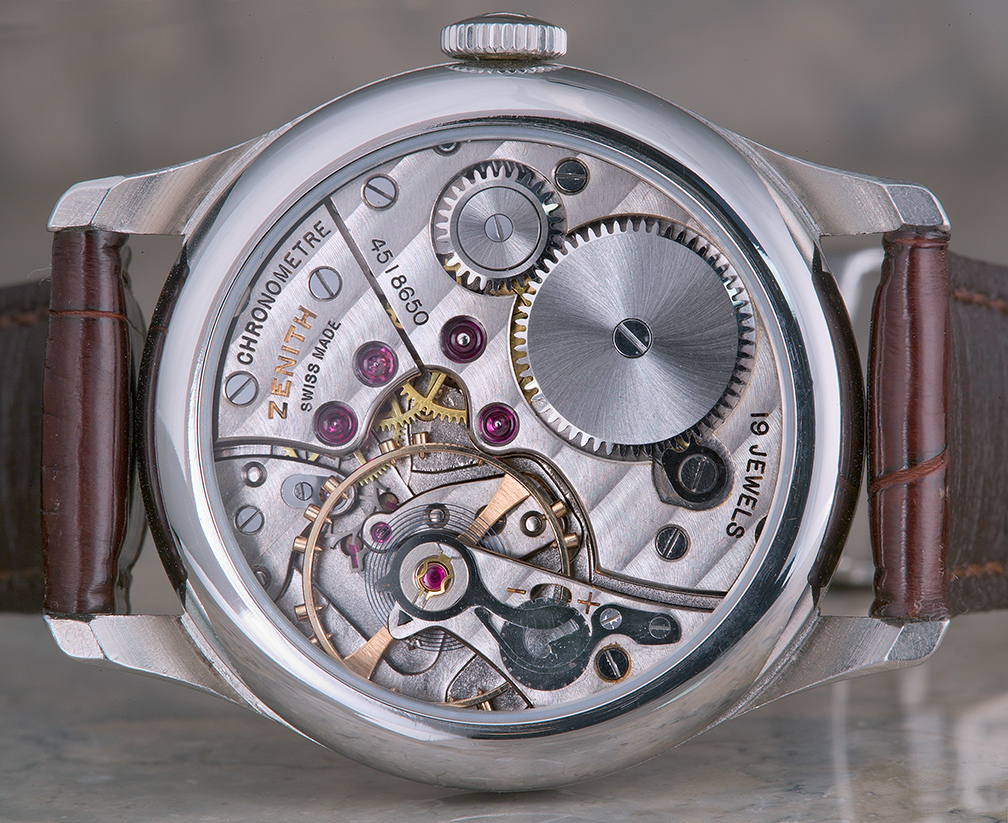
Not only is the decorative finish very pretty, note the obvious care in rounding the edges of the bridges, the very clean countersinks around the jewels, and the extraordinarily delicate and beveled gears and balance wheel. Also, the teeth are very clean and free of burrs.
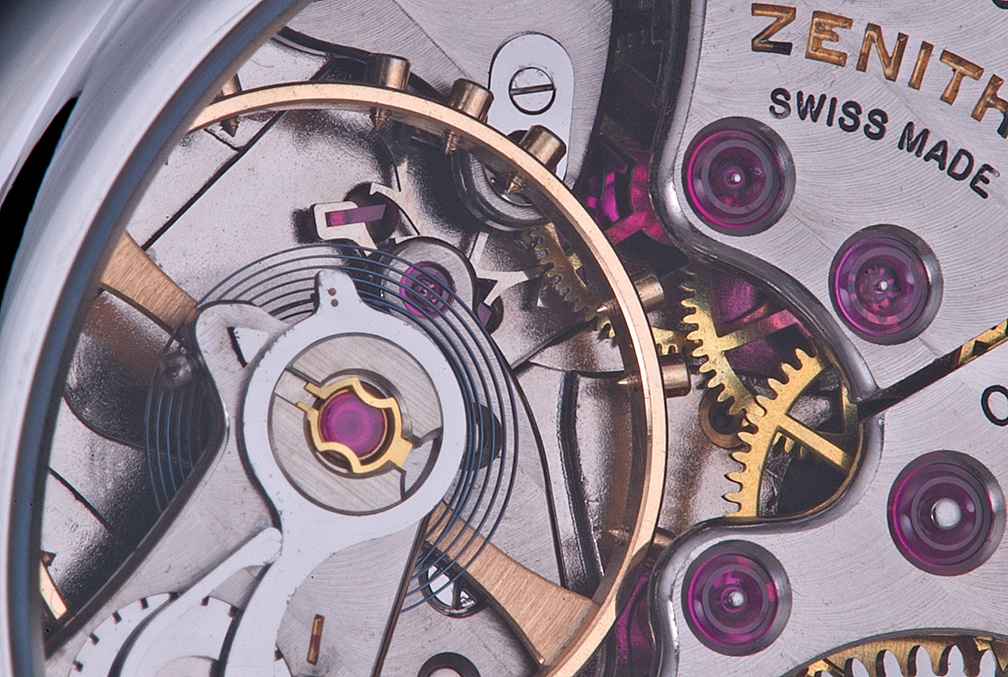
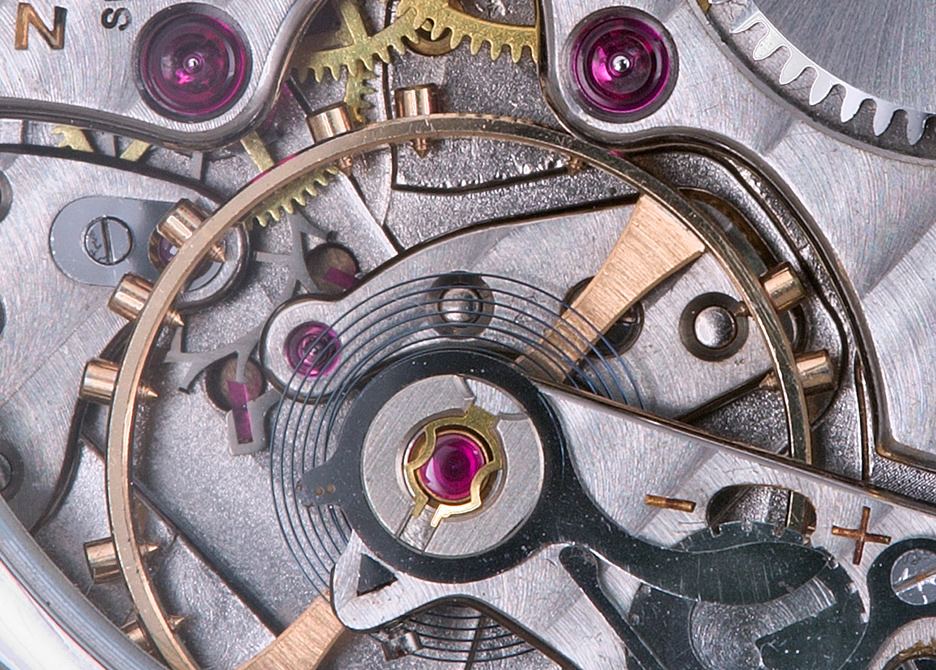
As the slotted disk is turned, the arched spring presses a pin under the regulator arm against the inside of the snail-shaped guide cut into the disk.
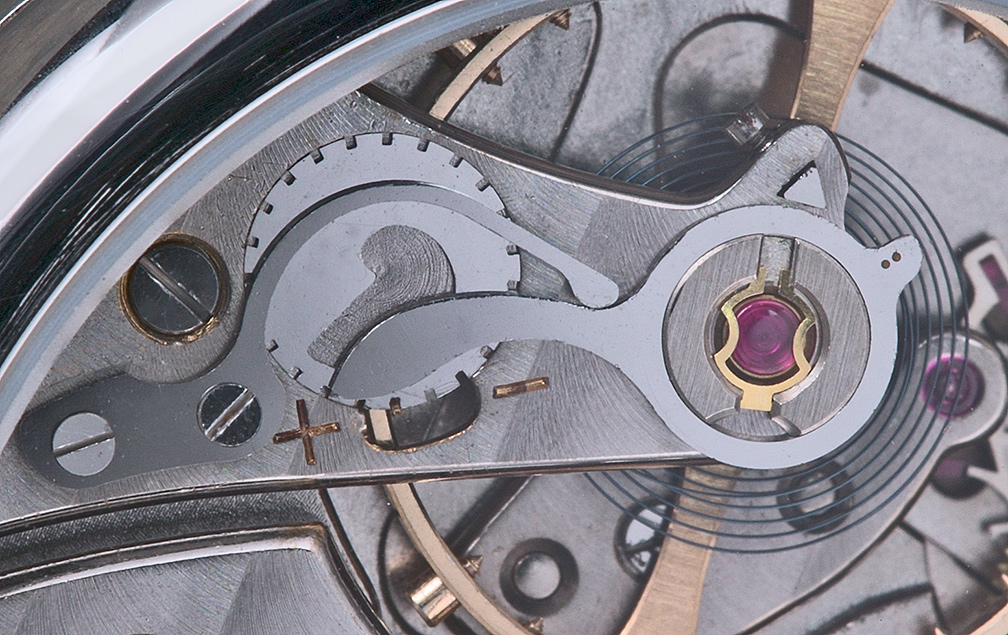
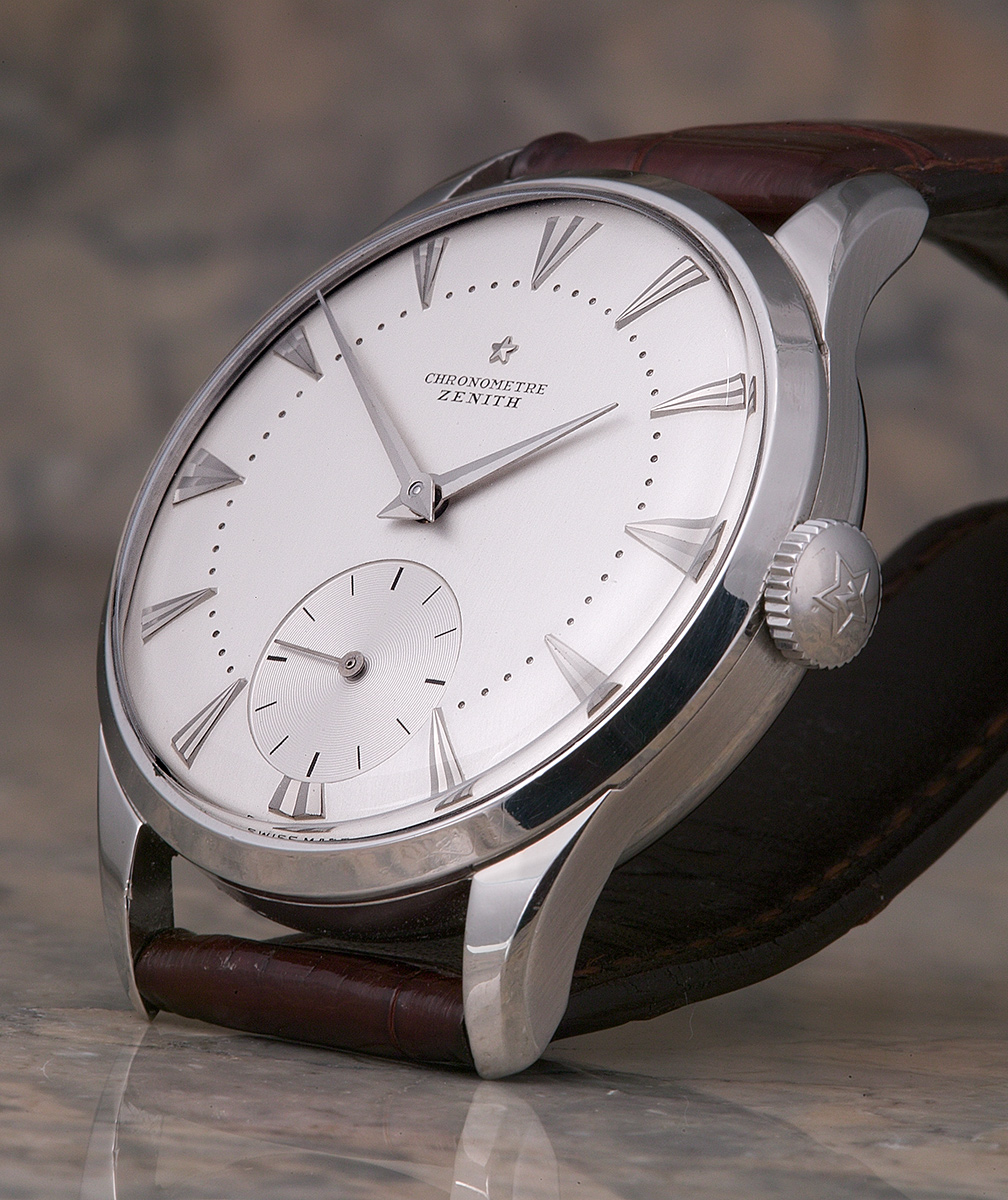
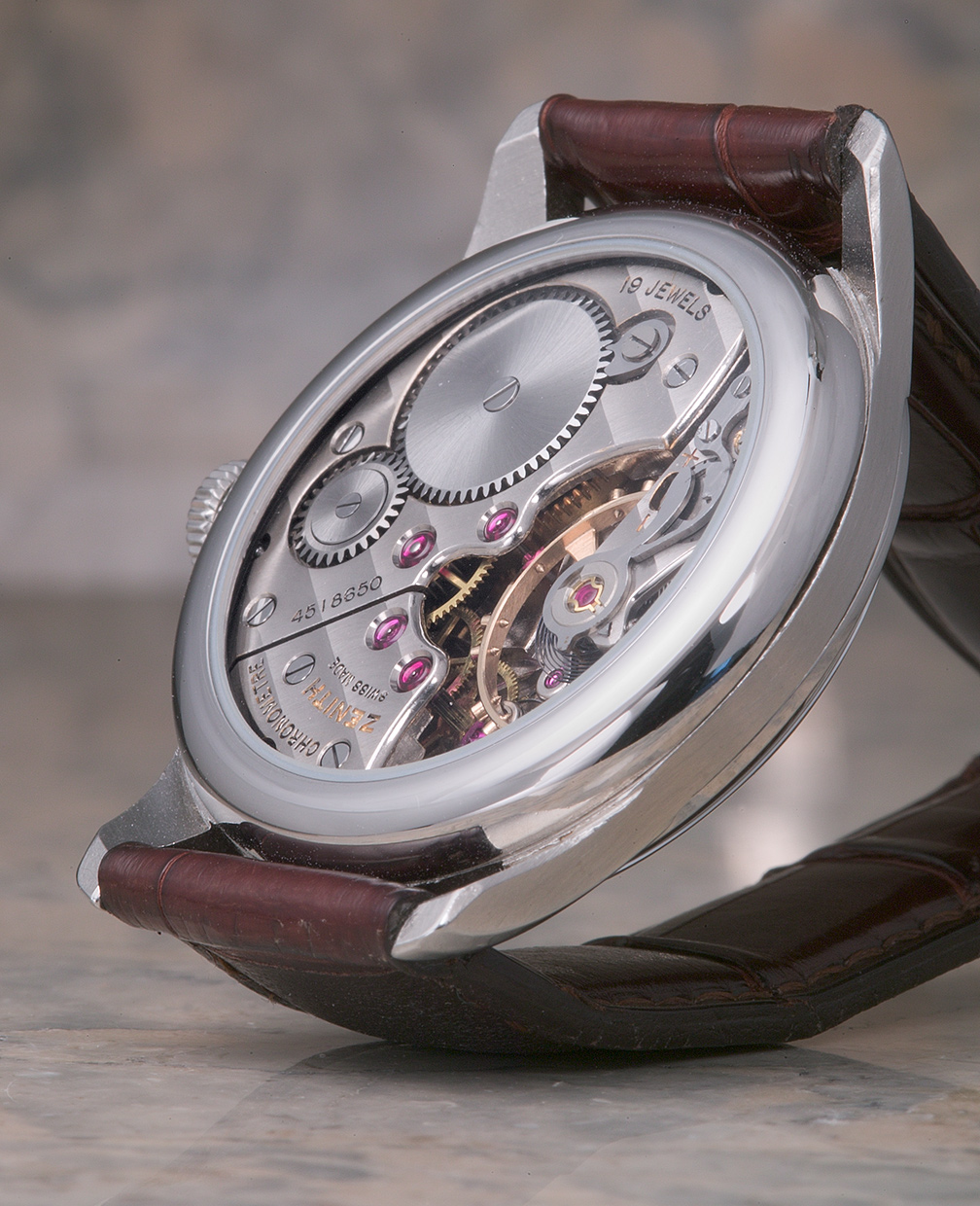
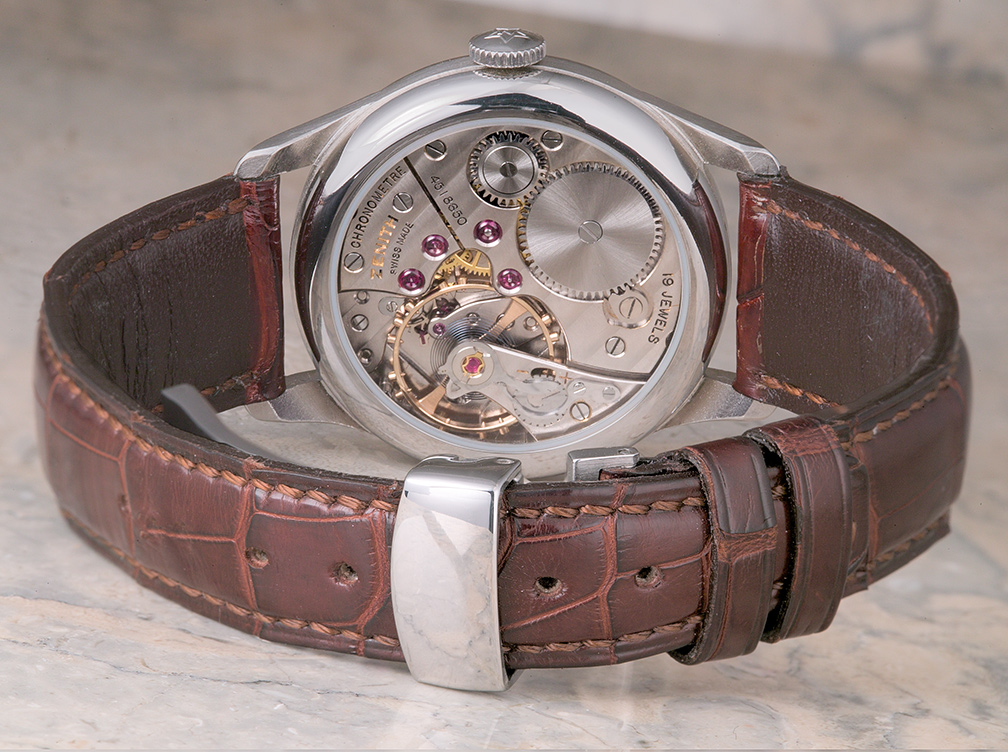
Please check out the rest of my Watch Articles and Pics
I hope you enjoyed this!
SteveG
July 2, 2002, revised October 26, 2004
All content Copyright asserted 2003